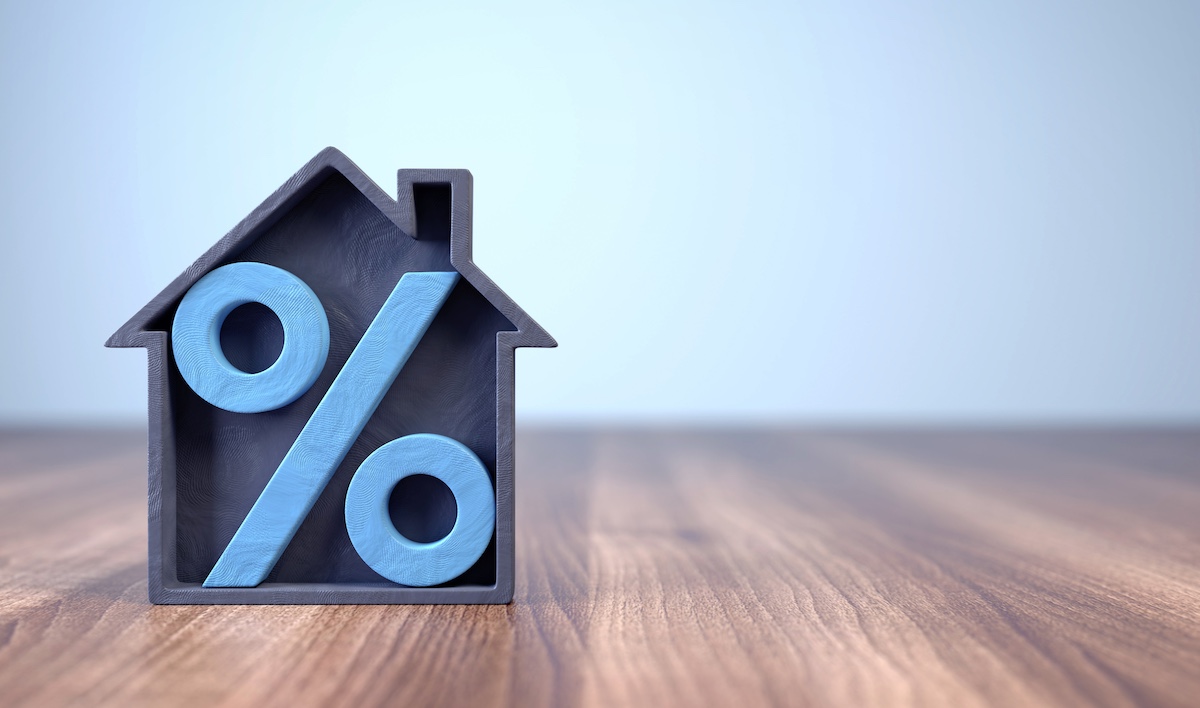Understanding CRA Reporting Rules for Property Sales – Including Your Principal Residence
This article is for information purposes only and is not intended as tax advice. We recommend you consult a recognized and accredited tax professional if your situation warrants it.
Real estate is widely considered to be one of the best investments you can make. It’s an excellent way to build wealth through capital appreciation or through income generated from rental earnings, and unlike other investments, any capital gains from the sale of your principal residence are tax-exempt. What many people don’t realize, however, is that in 2016, the Canada Revenue Agency (CRA) introduced legislation that requires taxpayers to report the sale of a principal residence on their personal tax return to claim the principal residence exemption (PRE) – and failing to do so could result in a penalty! Reporting becomes even more complex if you own multiple properties, so it’s important to understand the CRA rules to avoid paying more tax than you expected.
Any property such as a house, condo, apartment unit, cottage, mobile home, houseboat, and even a trailer whether held in Canada or not (e.g., a property in the Caribbean) can be designated a principal residence if the owner(s) or their family lived in it during the calendar year being claimed. However, only one property per year per family can be designated a principal residence.
The reporting is relatively straightforward for most people who own a single property that they occupy as their principal residence. In the year that you sell your home, you would simply have to provide the address, the date the property was acquired and the proceeds of disposition (selling price) on your personal tax return. Couples who own a home jointly would each report their share of the proceeds on their own returns. You don’t need to deduct any fees or other amounts from the selling price when reporting the proceeds as this is a tax-exempt sale.
Now, let’s take a look at some of the not-so-straightforward and often confusing scenarios:
- You own multiple properties
When selling one of multiple properties owned, an owner can designate it as a principal residence for all or part of the years of ownership to take advantage of the exemption and minimize the amount of capital gains tax paid. It makes sense to designate the property that has the highest average gain per year of ownership. - You are generating income from a property other than your principal residence
Property that is used mainly to generate income or that is considered inventory does not qualify for PRE. This includes property that is solely rented out on a long- or short-term basis. When you sell a rental property, there will likely be either a capital gain or loss, plus any previously claimed capital cost allowance could be recaptured. While a capital gain is only 50% taxable, recapture of capital cost allowance is fully taxable. The capital gain or loss will be the sum of the selling price (proceeds minus the costs to sell your property, e.g., realtor, legal fees, land transfer tax and advertising costs), minus the capital cost of the property when you originally bought it.
Tax strategies to reduce/defer capital gains and taxes owing:- use capital losses to offset your capital gains
- if you are able to and have this flexibility, time the sale in a year when your income is lower to benefit from a lower tax bracket (e.g., maternity leave or retirement)
- spread a large capital gain over several years (5 years maximum allowed by CRA) by arranging with the buyer to pay you over a period of time
- transfer ownership of your rental property to a corporation you own and pay the tax on the capital gain at the lower corporate rate
- use the earnings from the property sale to contribute to your RRSP to take advantage of the tax deduction
- upgrades to the property can increase the cost base and reduce your capital gain
- You’re unsure about the length of time you need to live in a residence for it to qualify as a principal residence
CRA does not specify an exact duration of time an individual or their family members must reside in a dwelling for it to qualify as a principal residence for a given year. CRA refers to the residence being “ordinarily inhabited” within the calendar year, which is open to interpretation. A more significant issue is whether a property held for a short period will produce an income gain or a capital gain when sold (see previous article on property flipping rules). The property flipping rule applies to properties sold on or after January 1, 2023, and stipulates that profits on the sale of residential property are fully taxable as business income, not capital gains, and no principal residence exemption will be allowed for residential property owned for less than 12 months. CRA will analyze evidence, such as length of time in the dwelling, sources of income outside of real estate, real estate transaction history, utility bills addressed to your name and other factors to establish if the dwelling is indeed a principal residence or perhaps part of a business venture, such as real estate flipping. - The property you’re living in exceeds the land size restriction for the PRE
Property that exceeds one-half hectare (roughly 1.2 acres) will generally not qualify for the PRE. For example, if the property is a farm, only one-half of a hectare of land plus the home would qualify for the exemption, while the remaining acreage would be subject to capital gains tax based on value appreciation. However, if the excess land is required for the use and enjoyment of a residential property, then the land that qualifies can be larger. - You didn’t report the sale of your principal residence on your tax return
If an owner fails to report the selling of a principal residence, they could be subject to a late-filing penalty of $100 per month, up to a maximum of $8,000, according to CRA. Worst case scenario, if an owner doesn’t report the sale, the exemption may be denied and therefore the owner would be taxed on the capital gains. A recommendation according to CRA: “If you forget to make this designation in the year of the disposition, it is very important to ask the CRA to amend your income tax and benefit return for that year. The CRA will accept a late designation in certain circumstances, but a penalty may apply.” - You took a loss on the sale of your principal residence
When it comes to a loss on your principal residence, CRA says: “Because your home is considered personal-use property, if you have a loss at the time you sell or are considered to have sold your home, you are not allowed to claim the loss.” - You bought a new home, but your old home didn’t sell immediately
When you sell your home, there may be an overlap period where you own two properties. The CRA recognizes this common scenario and there is a special rule (the “plus 1” rule) that allows a taxpayer to treat both properties as eligible for the principal residence exemption for a year where one residence is sold and another is purchased in the same year.
If you’re considering a home purchase or would like to explore the possibility of an investment property, be sure to reach out to an Mortgage Intelligence Mortgage Professional who can give you market insights and an understanding of what you can comfortably afford.




